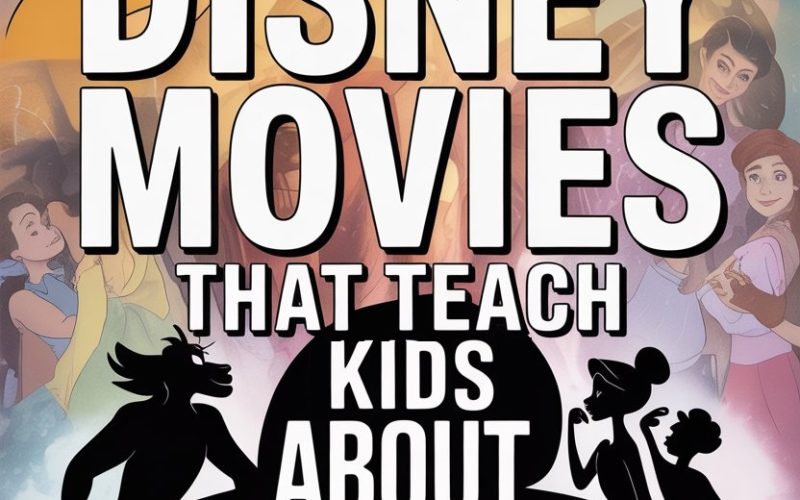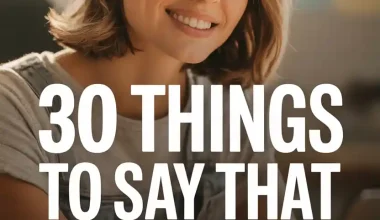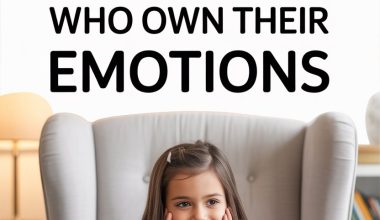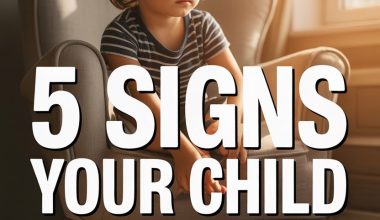You’d think “empathy” would be on the school curriculum next to times tables.
Alas, it’s up to us—between the rush for clean PE kits and wrangling wayward snack wrappers—to teach kids what it means to walk in someone else’s shoes. (Or paws. Or flippers.)
The good news? Disney is practically an empathy boot camp, with lessons tucked behind every catchy song and sidekick.
Here’s how to turn movie night into the sneakiest, cosiest empathy lesson your living room has ever seen.
1. Finding Nemo and the Art of Seeing Beyond Yourself
A neurotic clownfish and his rebellious son? Sounds familiar. But this underwater classic is a masterclass in understanding others’ perspectives.
When Marlin is desperate to keep Nemo safe, most kids spot an overprotective dad.
But pay attention to Dory, the blue tang with memory issues—she’s compassionate, endlessly patient, and proof that empathy sometimes means accepting differences, not just tolerating them.
Post-movie, ask your kids how Dory and Marlin felt at different points, and why.
The answer isn’t always obvious, and that’s the point. Even small children can spot the shift when Marlin realises Dory’s struggles, and begins to care about her feelings as much as his own.
Tip for parents: Try a game called “Dory’s Memory”—after dinner, ask everyone at the table to recall how someone else’s day went, in detail.
It’s trickier than it sounds, and it’ll get your children thinking about others’ emotions, not just their own.
2. Inside Out and Emotional Literacy 101
If you’ve got a child who bottle-feeds their feelings until they explode, “Inside Out” is a must-watch.
The film peels back the curtain and gives a starring role to each emotion: Joy, Sadness, Anger, Disgust, and Fear. Suddenly, “feeling all the feels” is a literal thing.
Empathy isn’t just about recognising how others feel—it’s about understanding that emotions are complicated. Sadness and joy can exist side by side. Now, that’s a concept even some grown-ups struggle with.
Afterward, grab some coloured paper and have your child assign a colour to their feeling of the day. Or swap roles: you pick a situation, they guess the emotion, and you talk about why someone might feel that way.
According to research published in Child Development, emotional literacy is foundational for empathy.
3. Beauty and the Beast and How to See Past the Surface
If only all teachable moments involved enchanted teapots.
The transformation of Beast—from grumpy recluse to thoughtful companion—only happens because Belle chooses to look past his appearance and prickly behaviour.
Kids don’t always get this lesson with one viewing (who would, with all those singing candlesticks?), but a little nudge helps.
Ask: Who did Belle show the most kindness to in the castle? How did that change the Beast?
Your child may be quick to point out that Belle rescued the Beast with her love, but dig deeper—how did Gaston’s lack of empathy shape his fate?
An easy home activity: The next time your child meets someone “different” at the playground or school, encourage them to find one thing they have in common.
Even if it’s just a shared appreciation for slightly squished sandwiches.
4. Zootopia and Challenging Stereotypes
A rabbit cop and a fox hustler join forces—already, stereotypes are being tossed out the window.
Zootopia isn’t just about animals in tiny shirts; it’s a clever commentary on prejudice and the hurdles to understanding people unlike ourselves.
Judy Hopps and Nick Wilde learn to trust and empathise with each other, even when the world tells them not to. The message? Empathy breaks down barriers.
After the credits roll, talk about times your child felt judged, or maybe when they judged someone else a bit too quickly. Psychology Today has some excellent advice for gently challenging these assumptions at home.
Quick challenge: Next time you’re out, count how many different types of people (or animals—pets count!) your child can spot. Discuss how each might feel in a new place.
5. The Lion King and Walking in Someone Else’s Paw Prints
Simba’s journey from a carefree cub to a responsible king is about more than catchy Elton John tunes. When Simba flees Pride Rock, he’s consumed by guilt and believes no one can understand his pain.
But his friends, Timon and Pumbaa, gently show him empathy by accepting him, quirks and all.
When your child is grappling with big feelings—shame, guilt, loneliness—remind them that empathy means supporting friends even when you don’t fully understand their struggles.
For dinner table chat, ask: How did Timon and Pumbaa help Simba, even when they didn’t know the whole story?
Dream up silly “Hakuna Matata” moments for your own family: What’s one way we can make each other feel better after a rough day?
6. Frozen and the Power of Putting Someone Else First
Elsa and Anna: sisters, rivals, best friends, occasional accidental-weather-phenomena. The real heart of “Frozen” isn’t ice palaces or belting out “Let It Go”—it’s Anna’s willingness to put Elsa’s needs ahead of her own.
At its core, “Frozen” is about loving someone enough to stand in their shoes, even when you’d rather be stomping off in the opposite direction.
Try this: Swap bedtime story duties for “Anna’s Empathy Award.” Give the award (imaginary crown or leftover tiara from last Halloween, your call) to the family member who showed the most empathy that day.
Get your child to spot moments when Elsa or Anna did this for each other.
Bonus tip: If your child idolises Elsa’s independence, point out how even queens need a bit of help now and then.
7. Toy Story and Accepting Change with Kindness
A cowboy, a space ranger, and a whole bunch of toys with abandonment issues—“Toy Story” takes empathy for a wild ride.
When Woody feels replaced by Buzz, envy and resentment take over. But as the toys learn to see life from each other’s perspective, they build a family stronger than Andy’s toy box.
Change is scary, but kindness (and the occasional heartfelt apology) make it easier to bear.
After the film, ask your child: When did Woody start to understand Buzz’s feelings? How did Buzz feel being the “new toy”?
Use that as a springboard for talking about new classmates, new siblings, or even those prickly birthday party invitations.
Try the “New Kid Game”: Next time your child is starting something new, encourage them to find another “newbie” and imagine what might make that person feel welcome.
8. Moana and Empathy for All Living Things
Disney’s recent focus on strong, empathetic female leads shines in “Moana.”
Our seafaring heroine doesn’t just care about her island, she also considers the needs and fears of everyone around her—including Maui, Te Fiti, and even the cranky coconut pirates.
Empathy here isn’t just about human relationships.
It’s about looking after our world, understanding the consequences of our actions, and making amends when we hurt others (or, you know, accidentally steal a magical fish hook).
After watching, try a “Moana Mission.” Ask your child to think of one small way to show kindness to the planet or a neighbour this week.
Even picking up a stray bit of rubbish or helping out an elderly neighbour counts.
Scientists at Harvard’s Making Caring Common project suggest that giving kids these small “empathy missions” helps them develop a lifelong habit of caring.
9. Dumbo and Supporting the Underdog
Before there were wisecracking snowmen, there was a big-eared elephant with a heart to match.
“Dumbo” is a gentle reminder that everyone has something that makes them stand out—and sometimes, that’s exactly what makes them wonderful.
Dumbo’s journey isn’t easy. He’s bullied, misunderstood, and separated from his mum. But the kindness of a few good friends (looking at you, Timothy Q. Mouse) helps him believe in himself.
After the credits, share your own “Dumbo Moments”—times when you felt left out, or when you helped someone else feel they belonged.
Encourage your child to spot classmates who might need a friend, and brainstorm small ways to offer support.
Try a “Dumbo Compliment Challenge” at breakfast: everyone goes round and gives one compliment to another family member, focusing on something unique.
Popcorn, Hugs, and a Pinch of Empathy
Disney films aren’t just a parent’s secret weapon for a quiet Sunday afternoon. They’re packed with empathy lessons for little (and not-so-little) hearts.
Next time you press play, ask a few thoughtful questions, try a simple game, and watch those emotional muscles grow stronger than Gaston’s biceps.
And if you find yourself getting misty-eyed during the emotional bits, don’t worry. That’s empathy, too.
Or maybe just the popcorn dust.





